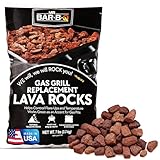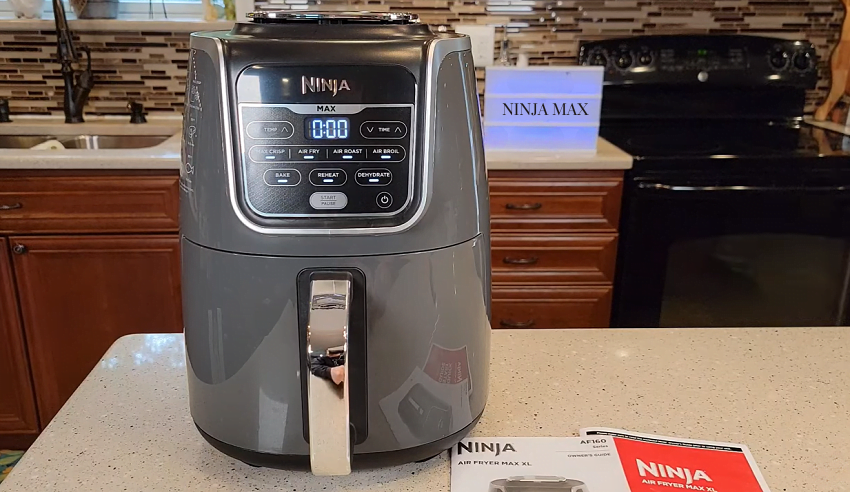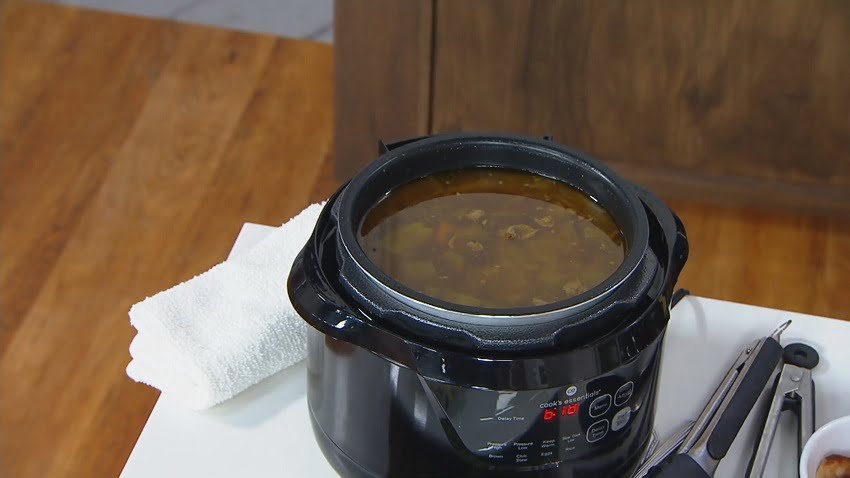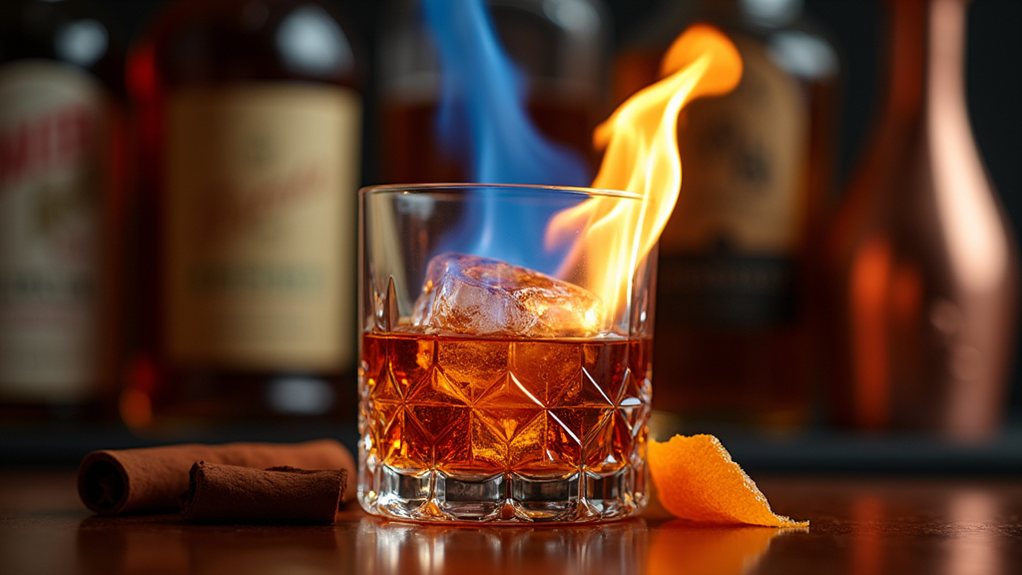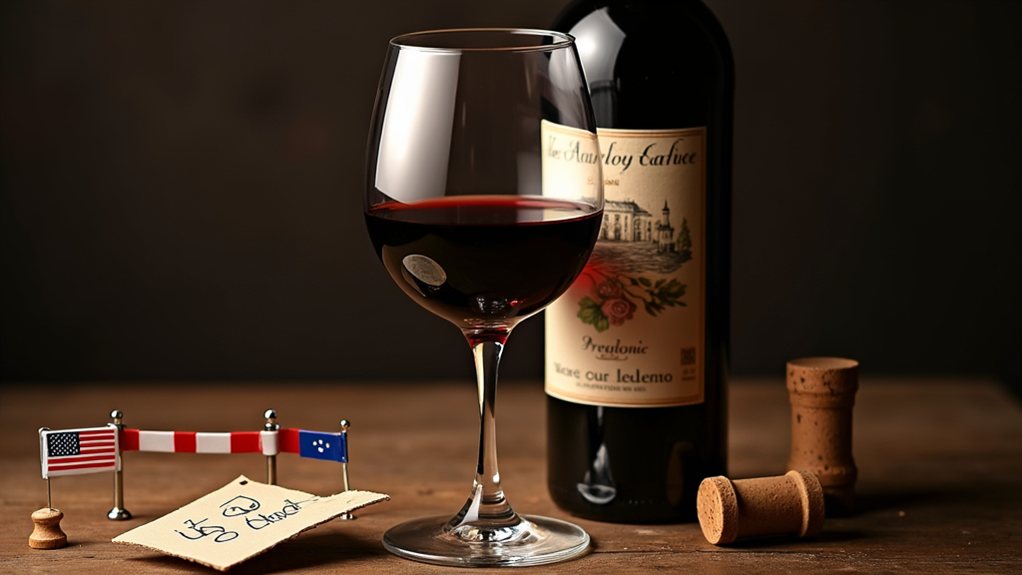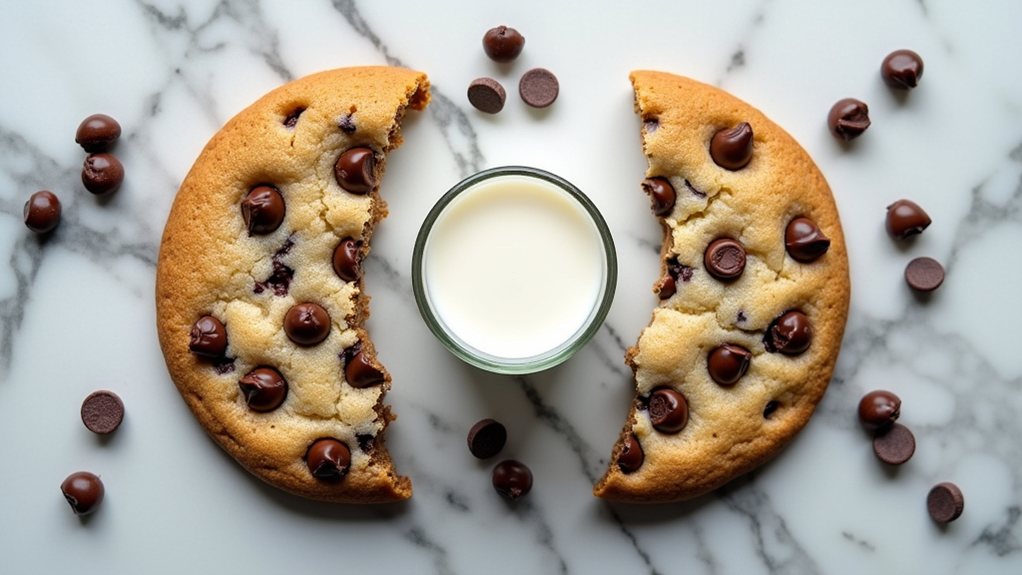Many people love gas grills for quick and easy cooking, but several grilling enthusiasts opt against them, believing that they don’t deliver enough smoky flavors to the grilled food.
To get around this problem, some gas grill companies advised adding lava rocks to the grill. This practice has since fallen out of fashion, which raises the question – why don’t gas grills use lava rocks anymore?
You’ll learn more about lava rocks in this post, including what they are, why they were used in gas grills, and why practice isn’t performed anymore.
What Are Lava Rocks?
Lava rocks are a type of igneous rock. These are formed from the lava or magma of volcanoes.
Magma and lava are technically made from the same matter. Despite this, geologists call lava inside volcanoes magma, but refer to it as lava when it flows out of it.
Lava rocks can be made from both lava and magma, though this varies depending on where the rocks were sourced from.
Flavor is a huge part of grilling, especially smoky flavors. Flames on gas grills could not deliver the smoky tones, so lava rocks were used to solve this issue.
Theoretically, as grilled meats began to drip onto the lava rocks below, the drippings would sizzle and become smoky. The smoke would start to flow up towards the meat, infusing each bite with the distinct taste and smell.
Igneous rocks are porous, so they can retain heat a lot better compared to metamorphic and sedimentary rocks. Igneous rocks are also very strong, a good feature when it comes to cooking tools.
Some gas grill manufacturers created grills that were designed to hold the rocks, but the majority of grills could be converted to use lava rocks without much issue. Some grill companies also sold lava rocks along with their grills as a package deal.
Amazon Best Selling Gas Grill Lava Rocks
Why Were Lava Rocks Used In Gas Grills?
Other than flavor purposes, lava rocks were used in gas grills for other reasons. These include:
Heat Distribution And Retention
Gas grills are very convenient, which is why they are very popular. Despite their efficiency, they cannot retain heat as well as charcoal grills can (see also ‘How To Put Out A Charcoal Grill‘). As the flame jets on gas grills emit direct heat, there’s a greater risk of hot spots and cooking food unevenly.
This is where lava rocks come in. While the rocks heat up, they absorb and reflect heat. This lets the cooking chamber stick to a steady temperature, allowing you to use the whole cooking grid. Adding lava rocks to the gas grill enables you to prepare more ingredients in less time.
The grill chamber will keep holding its heat for some time after you turn off the flame jets. This is ideal for those that prefer indirect cooking methods, and it also reduces the cost of propane bills.
Durability

Lava rocks can last for a while, provided that they are well cared for. Their durability made people think that they were a decent investment, as they wouldn’t be replaced unless they were damaged.
Lava rocks would be exposed to high temperatures regularly, so it’s a good thing that they are relatively strong.
These advantages make lava rocks sound amazing, but they have one distinct drawback, which we’ll cover below.
Absorbing Grease
Lava rocks are porous, so they have lots of crevices and pockmarks on the surface that absorb liquids, like fat.
If grill drippings fall onto the rocks, the rocks will take up the spills instead of them splashing out off of the surface.
This may sound ideal, as, in the short term, the drippings will soak into the rocks instead of causing flare-ups that ruin your meal. However, in the long term, the rocks can absorb a lot of grease that requires regular cleaning.
Grease can also accumulate on the rocks and affect the taste of your food, which is why lava rocks aren’t used in gas grills anymore.
Why Are Lava Rocks Not Used In Gas Grills Anymore?
While lava rocks may have been used in gas grills in the past, many experts would advise against doing so today.
As they were created under high temperatures, lava rocks can handle a lot of heat. If hot grill drippings touch the surface, they will vaporize at once, leading to a lot of smoke. The rocks also soak up a lot of the grease, making it easier to clean the griddle afterward.
Despite this, grill drippings leave a substance that is practically impossible to get rid of. Lava rocks are naturally porous, so no method will completely remove all of the fat deposits from the rocks.
As time goes on, the residue will lure dangerous bacteria, making the risk of food poisoning more likely each time you use the grill.
Other than hygiene issues, the grease droppings can cause flare-ups, which can rapidly spoil your barbeque. It’s great when grilled food tastes of smoke, but too many flames can lead to burnt food. This doesn’t just taste bad, charred food has cancer and other health risks.
Bear in mind that these issues can be solved if you were to clean the lava rocks after every use. However, as lava rocks are porous, some buildup is unavoidable, even with regular cleanings.
The lava rocks would need to be replaced every six to 12 months, depending on how often you would use the grill.
Alternatives To Lava Rocks
Briquettes are small pieces of combustible matter. These can be transformed into a unit of energy. The briquettes can be made from charcoal, sawdust, or inorganic substances, provided that they are a decent fuel source.
Ceramic briquettes are made from ceramic dust. Pitmasters use them over lava rocks as they don’t soak up grease as lava rocks do. This means that they are easier to clean, lowering the risk of future flare-ups.
Ceramic also conducts heat well, so there’s less chance of hot spots. The briquettes will last a while, even if they are used frequently. However, these advantages, including the fact that lava rocks aren’t used anymore, make ceramic briquettes more expensive to purchase.
The Bottom Line
Lava rocks were used in gas grills to infuse food with a smoky flavor, similar to the taste of charcoal grilled food. However, lava rocks can soak up grease easily, running the risk of flare-ups and food poisoning.
You can opt for ceramic briquettes for a similar effect, though keep in mind that these are more expensive compared to lava rocks.


